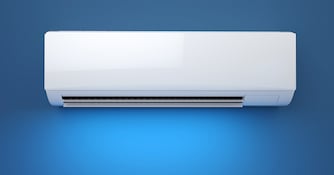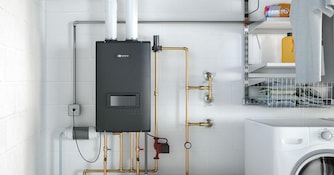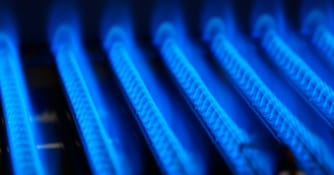
What Do Those HVAC Efficiency Acronyms Mean?
Efficiency is important in all aspects of life because it measures how much you get out of something versus how much you put in. How much work can you get done per hour? How much money do you make per dollar spent on education?
The same principle applies to heating and cooling equipment. You want to measure how much heating or cooling your system provides per amount of fuel used. When shopping for equipment, you'll encounter different ways to measure HVAC efficiency ratings, and it can get confusing. That's why we'll go over each one below and let you know how to find more information.
Table of Contents
Minimum Efficiency Requirements
Cooling Efficiency Ratings
The two efficiency ratings you should know when it comes to cooling equipment like air conditioners and mini splits are SEER2 and EER2.
Seasonal Energy Efficiency Ratio (SEER2)
The Seasonal Energy Efficiency Ratio (SEER2) is the standard measure of efficiency for air conditioning and mini split systems. The rating is a simple ratio: the total cooling output from a piece of equipment in BTU divided by the energy it consumed in watt-hours. This means that it can somewhat be thought of as an average efficiency over the cooling season.
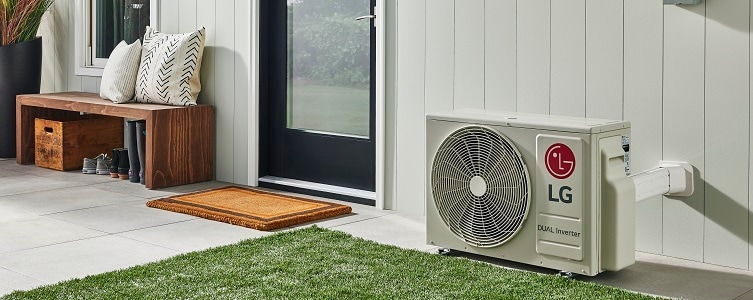
One important thing to remember when checking a unit's SEER2 and other efficiency ratings is that the rating is a useful benchmark for comparing products, but your climate and usage pattern will determine how efficiently the unit will operate in your home.
Most central air conditioners today have a SEER2 rating between 13 and 18, with those at the higher end of this range considered very energy efficient. Mini-split systems, however, can see SEER2 ratings as high as 28.
Energy Efficiency Ratio (EER2)
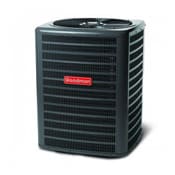 The closely related Energy Efficiency Ratio (EER2) is found by dividing the output cooling (in BTU) by the electric energy input (in watt-hours) at a specific operating point.
The closely related Energy Efficiency Ratio (EER2) is found by dividing the output cooling (in BTU) by the electric energy input (in watt-hours) at a specific operating point.
Unlike SEER2, EER2 is not a seasonal measurement and is better used in stable, warm climates.
Heating Efficiency Ratings
When it comes to heating efficiency ratings, you should understand HSPF2 and AFUE.
Heating Seasonal Performance Factor (HSPF2)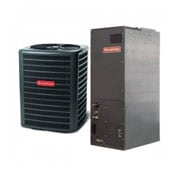 If you're looking to save energy, one option for you might be a heat pump. In brief, a heat pump is an air conditioner that can work backwards - it can transfer heat from the indoors out and from outside in.
If you're looking to save energy, one option for you might be a heat pump. In brief, a heat pump is an air conditioner that can work backwards - it can transfer heat from the indoors out and from outside in.
When it cools, its efficiency is measured using SEER2 and EER2 as discussed above. When heating, efficiency is measured using the Heating Seasonal Performance Factor (HSPF2) rating.
Like SEER2 and EER2, the higher the rating, the more efficient the heat pump. It's also a similar measurement: heat output over a typical heating season (in BTU) divided by the electricity used (in watt-hours). Be careful when comparing HSPF2 and SEER2, because the range for HSPF2 is shifted a bit lower than SEER2, with the most efficient systems maxing out around 12 HSPF2.
Annual Fuel Utilization Efficiency (AFUE)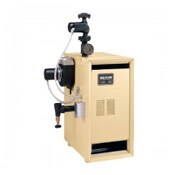
Most people in the United States use furnaces or boilers for their whole-home heating solutions. Since a different source of fuel is used for these systems, a different furnace efficiency rating is used: the Annual Fuel Utilization Efficiency (AFUE).
AFUE is expressed as a percentage, not a rating like SEER2, EER2, or HSPF2. It measures the thermal efficiency of combustion equipment over the entire heating season, and is calculated by dividing the amount of energy that is actually heating your home by the total energy contained in the fuel used by the boiler/furnace.
Today, average boilers see AFUE percentages around 80% (meaning 80% of the energy put into the unit is turned into useful heating energy), while high efficiency condensing boilers have efficiencies of 90% AFUE or greater. When choosing a furnace, besides looking at AFUE, you should also look at Low NOx emissions requirements, particularly in states like California, Texas, and Utah.
2023 New Minimum Efficiency Requirements
On January 1st, 2023, the U.S. Department of Energy (DOE) raised minimum SEER2, HSPF2, and EER2 requirements. This included updating the way efficiency is measured. To better reflect real-world conditions, the new efficiency testing procedures increased the systems' external static pressure by a factor of five.
The result was a new scale of efficiency measurement. SEER became SEER2. EER became EER2, and HSPF became HSPF2. The table and map below indicate minimum ratings by equipment type and region.
The Southeast and Southwest regions were particularly impacted. After January 1st, 2023, air conditioning equipment not meeting the new minimum efficiency standards cannot legally be installed in those regions, even if you purchased it prior to that date.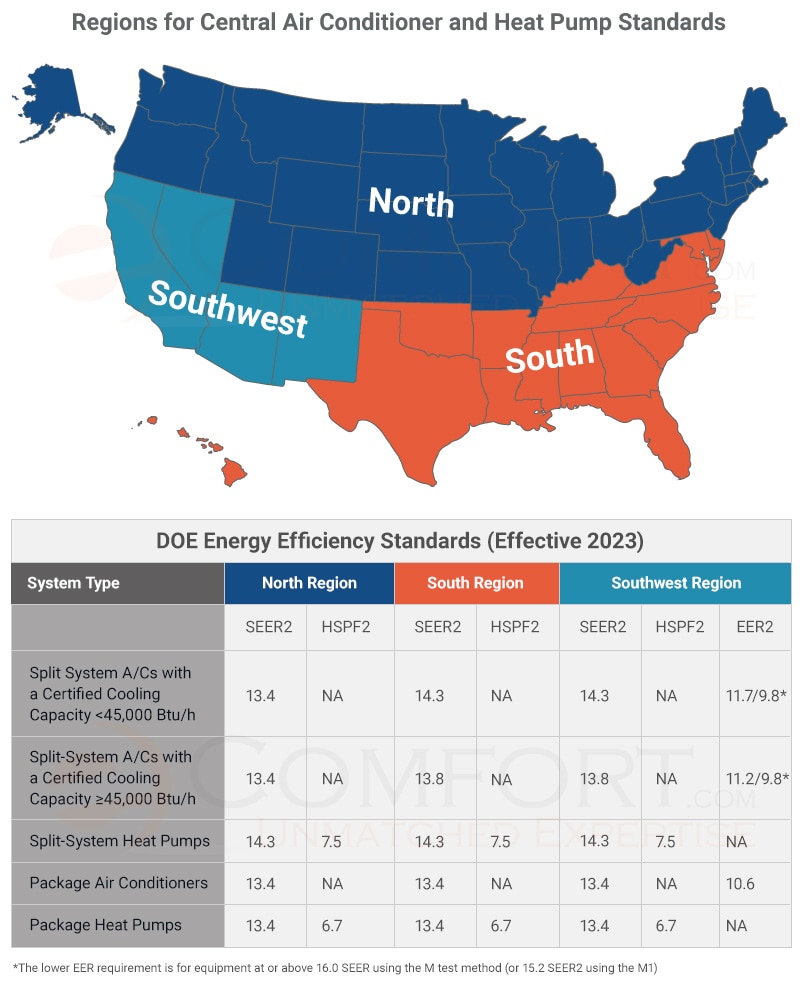
In California, there is an additional change. As of January 1st, 2023, all new room air conditioners and dehumidifiers in that state are required to contain R-32 refrigerant. Units containing obsolete refrigerants will no longer be sold there.
While the above ratings are very important to make a fully informed decision about your heating and cooling, there are likely other factors that you need to be aware of to ensure you make the best choice for your space. If you ever need any assistance, our highly-trained Product Advisors and engineers are happy to help - just give us a call at 866-554-HEAT (4328).
Do I Need to Upgrade My Current HVAC System?
If you have an existing heat pump or air conditioner installed that doesn't meet the minimum efficiency requirements, no action is necessary. However, the next time you decide to upgrade or replace your system, you will be required to follow the new efficiency standards or face possible fines.



